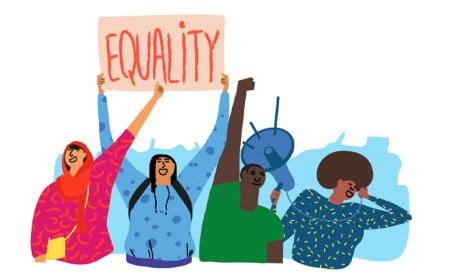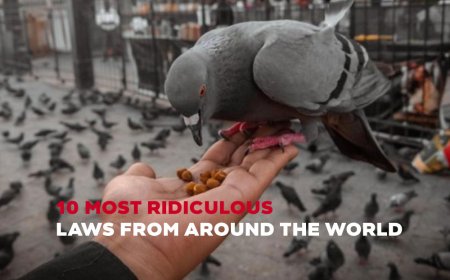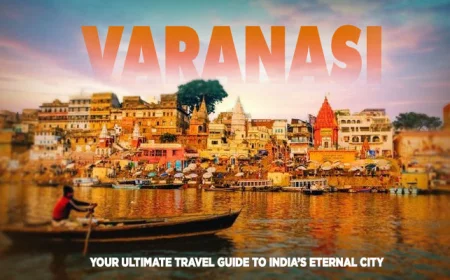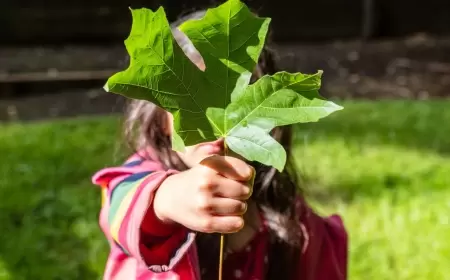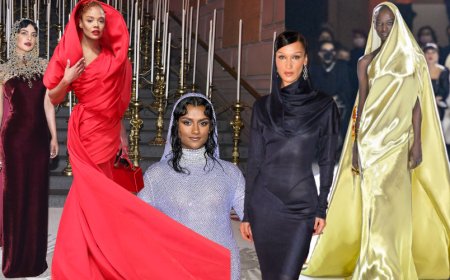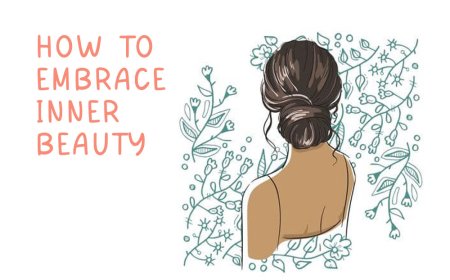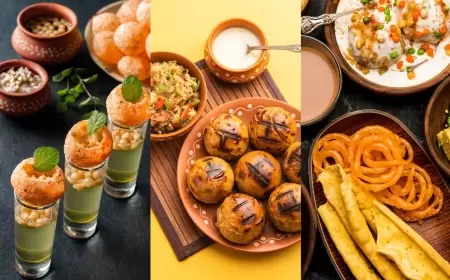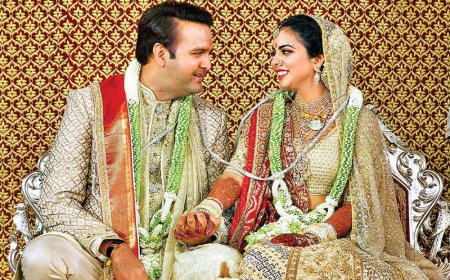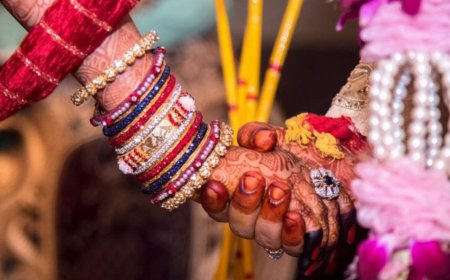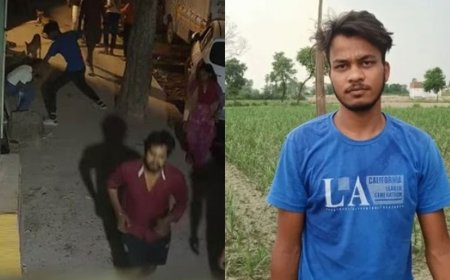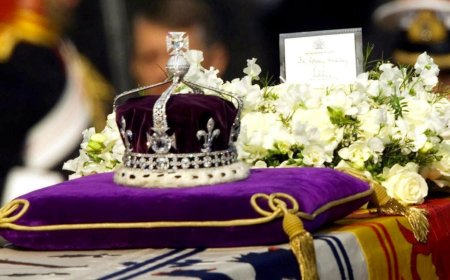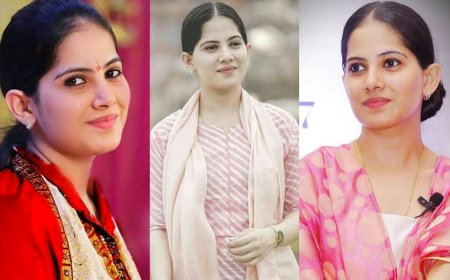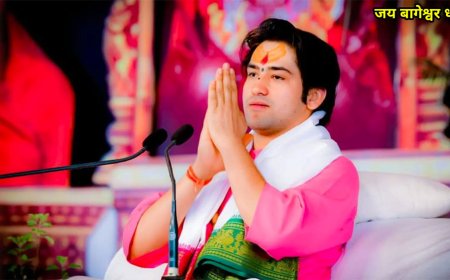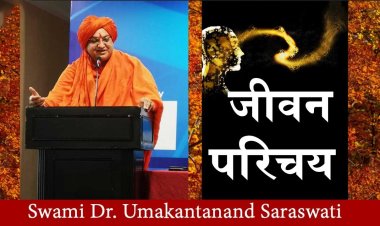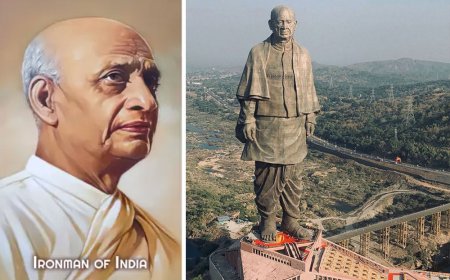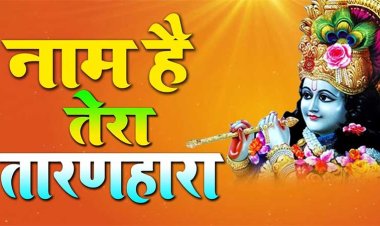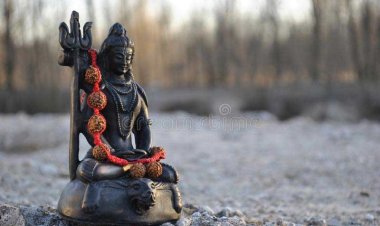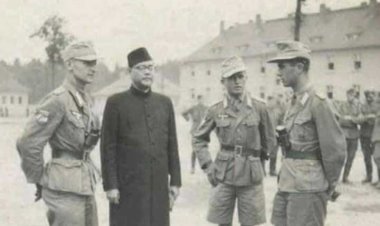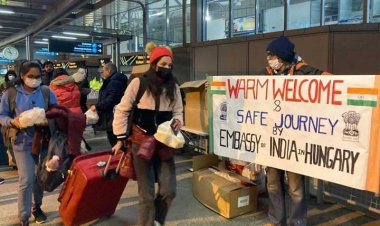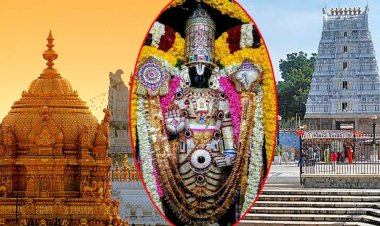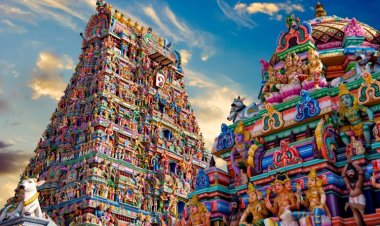Portrait Of The Rabari Tribe Of Kutch | Tribes Of India
India is a land where tribes, communities and thoughts intermingle to provide an altogether new way of living to the people. One such tribe is the Rabari tribe.
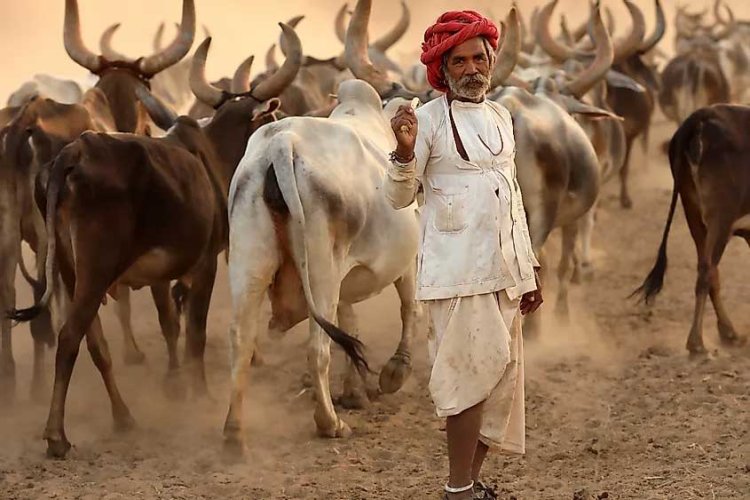
India is a land of mystery and wonder. It is a grand synthesis of cultures, religions, tribes and language. The country’s kaleidoscopic culture is one of its strongest features, that draws people from all over the world to the land to witness the magic. India is a land where tribes, communities and thoughts intermingle to provide an altogether new way of living to the people. One such tribe is the Rabari tribe.
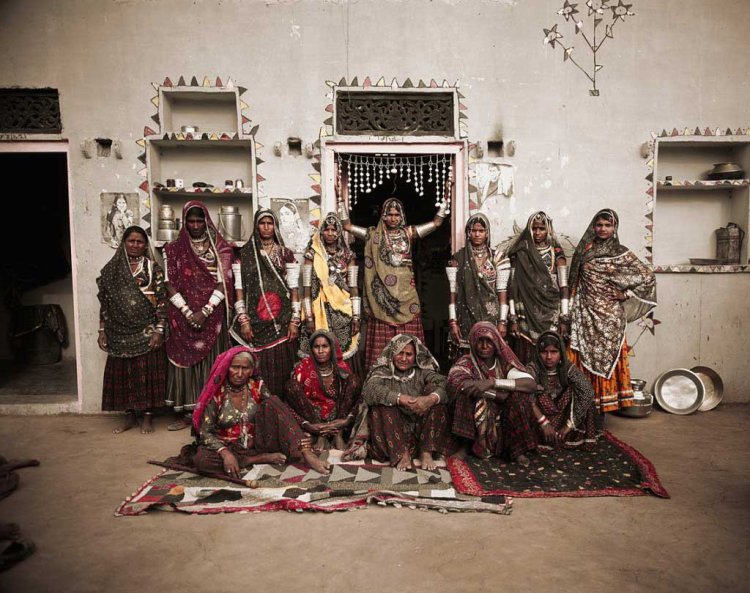
Jimmy Nelson
The Rabari, also called the Rewari or Desai, are an indigenous tribal caste of nomadic cattle and camel herders and shepherds that live throughout northwest India, primarily in the states of Gujarat, Punjab and Rajasthan. For almost 1,000 years, the Rabari have roamed the deserts and plains of what is today western India. It is believed that this indigenous group, with a peculiar Persian physiognomy, migrated from the Iranian plateau more than a millennium ago. Their name, meaning ‘outsider’, refers to the fact that as nomadic herders, they would be found not within town walls, but in the periphery and further, where there was enough land for their grazing herds.
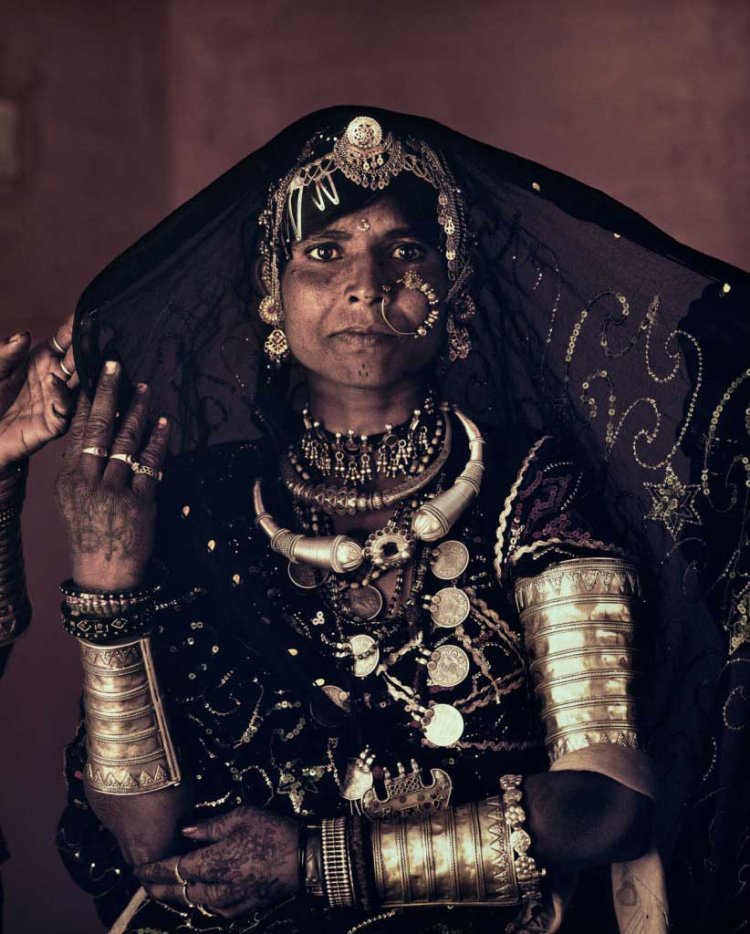
Jimmy Nelson
Rabaris can be easily identified by looking at their womenfolk, who usually wear long black headscarves called Lobadi and distinctive heavy brass earrings. They tattoo magical symbols on their necks, arms and other body parts. For hundreds of years, indigenous women have practised tattooing for decorative, religious and therapeutic purposes. A Rabari man commonly appears in a white dress, sporting golden earrings.
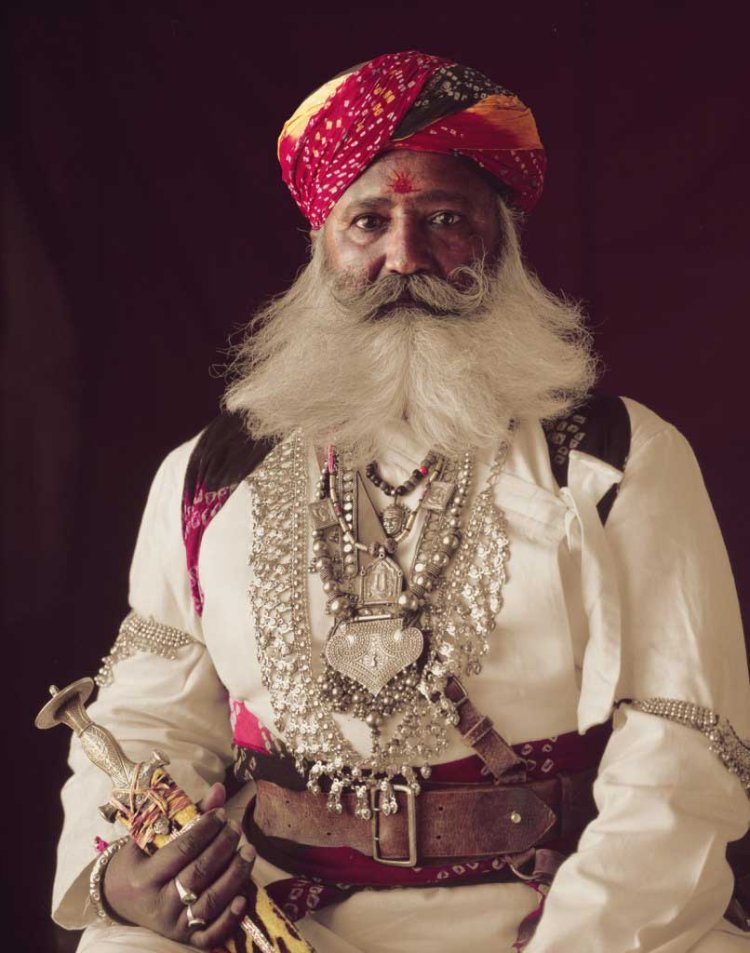
Rabari is devout Hindus. According to their myths, they were created by Parvati, the consort of Shiva. As Shiva was meditating, Parvati wiped the dust and sweat from his body and modelled the very first camel from the dust balls she collected. Once Shiva had breathed life into the camel, it kept running away. So, Parvati fashioned and gave life to a man – the first Rabari – to look after the camel. Keeping animals has thus, always been a devout occupation and the Rabari people see themselves primarily as custodians, rather than owners, of animals. It is also their belief that Parvati is their guardian. Her advice is taken on many occasions and animals are commended to her care.
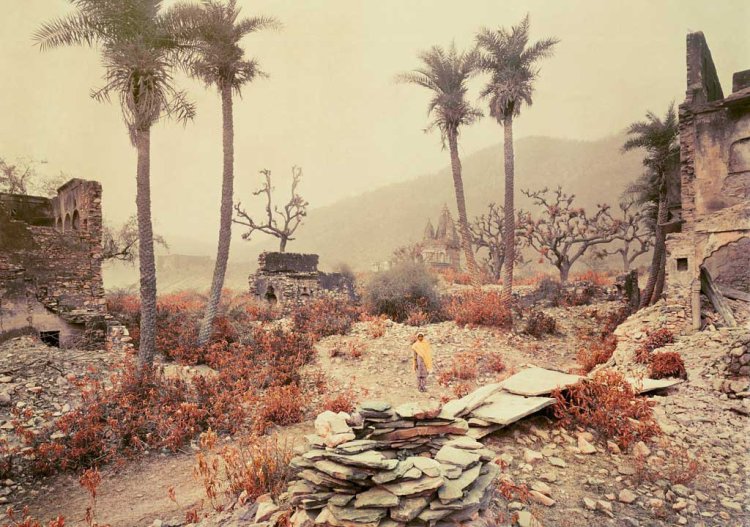
Traditionally the Rabari followed a highly nomadic way of life, living in tents or under the open skies and raising cattle, camels and goats. Today only a very small percentage of Rabari are truly nomadic, with the majority to be found settled on the outskirts of cities, towns and villages in semi-nomadic lifestyles, following the seasonal rains for periods of time, then returning to their villages.
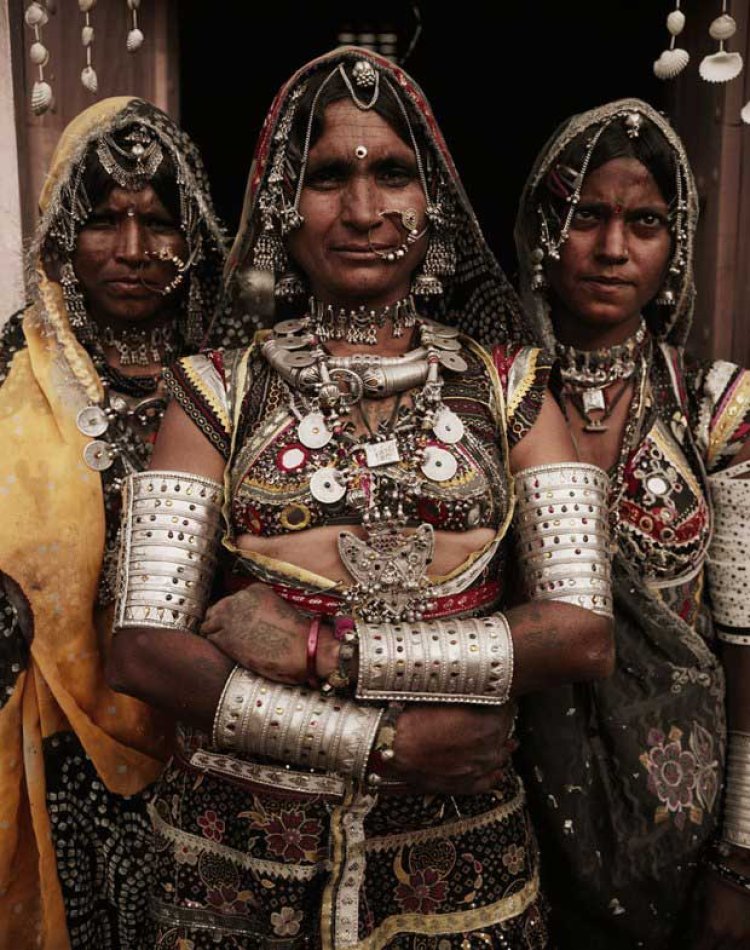
While the men are on the move in search of grazing pastures for their livestock, the women and children remain in the villages. Embroidery is a vital, living and evolving expression of the crafted textile tradition of the Rabaris. As far back as the group’s collective memory stretches, Rabari women have diligently embroidered textiles as an expression of creativity, aesthetics and identity. Designs are taken from mythology and the indigenous peoples’ desert surroundings. Girls learn the art of embroidery at a young age, practising their newfound skills by working on a collection of embroidered items that will later become their dowry. This collection can sometimes take two or three years to complete.
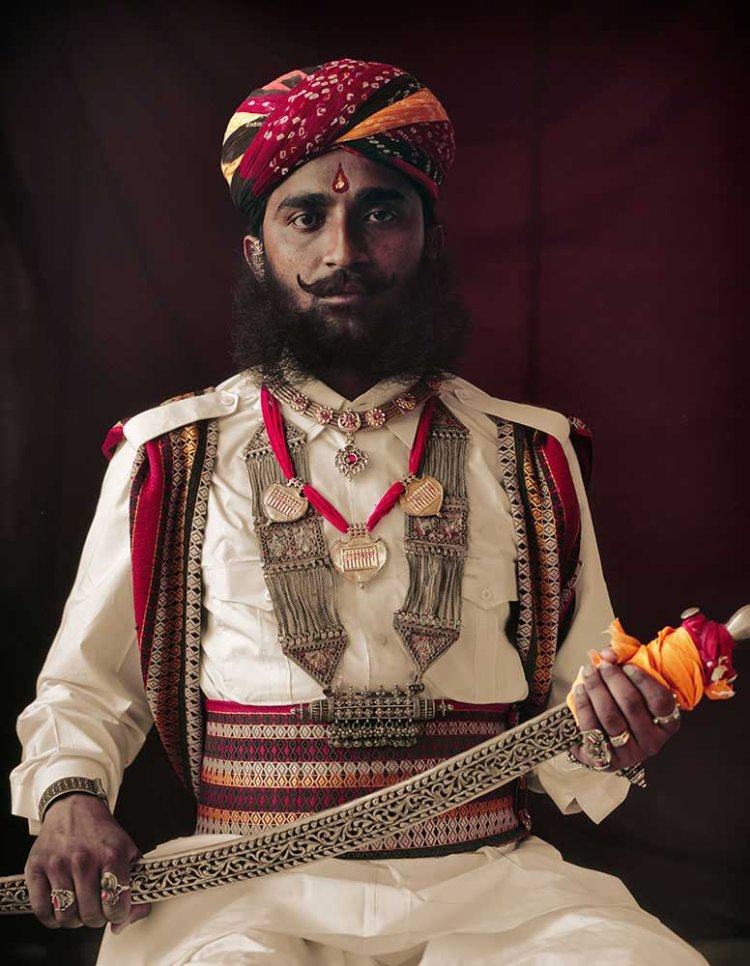
Going to the local village or town markets is an important part of daily life. Rabari women trade milk and milk products from their livestock. Wool and leather are sold in order to purchase commodities they do not produce themselves.
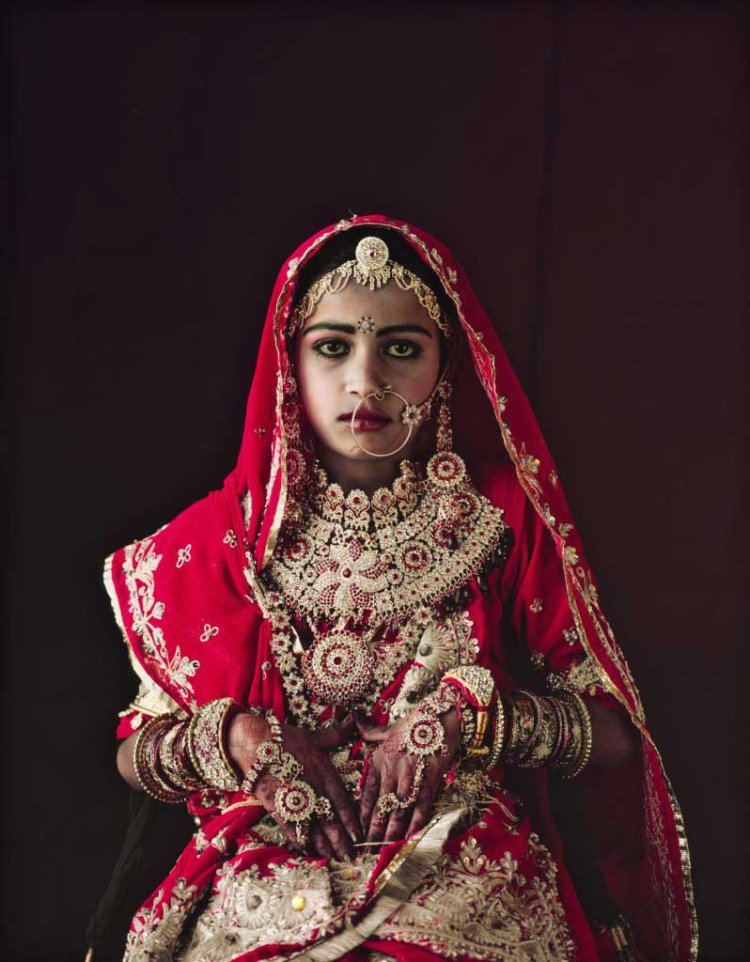
Marriage, which celebrates the vitality of life and ensures its continuity, is considered of utmost importance. Traditionally, weddings can be extravagant events, and they take place on a particular day of the year: the feast of Gokulashtami, Krishna’s birthday. Childhood marriage is still very much in vogue with the indigenous culture. Rabaris marry only within the group and often into families that are closely related.
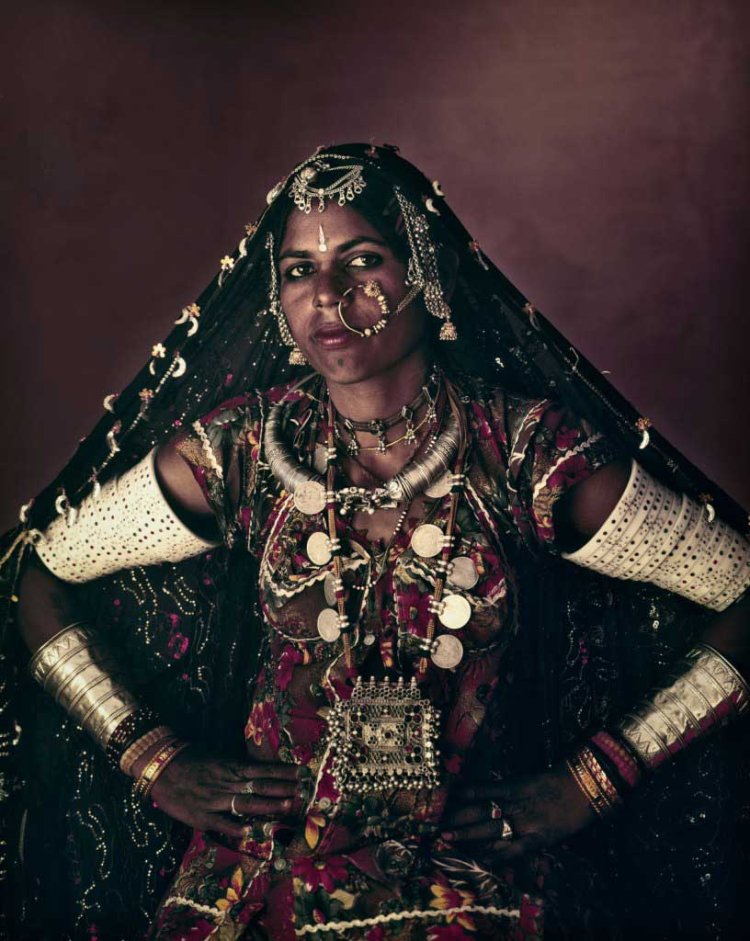
Tribes are most precious to all countries of the world. They add enormously to the diversity of human life. Their take on life is unique. They are one with nature and sometimes, they teach us about things we have forgotten and about things we are yet to fathom.
Know about more tribes in the country? Tell us in the comment section below.
What's Your Reaction?
 Like
0
Like
0
 Dislike
0
Dislike
0
 Love
0
Love
0
 Funny
0
Funny
0
 Angry
0
Angry
0
 Sad
0
Sad
0
 Wow
0
Wow
0











